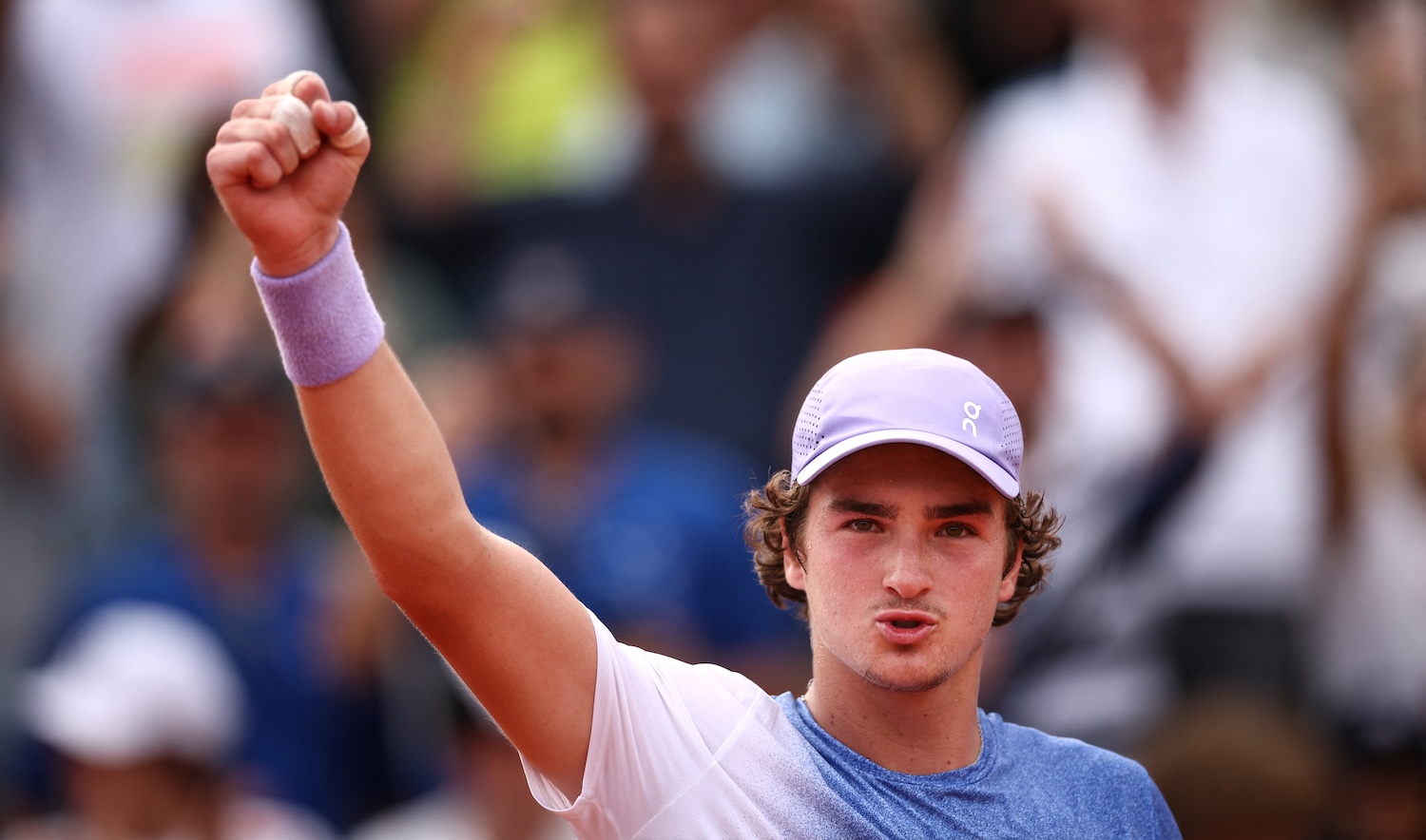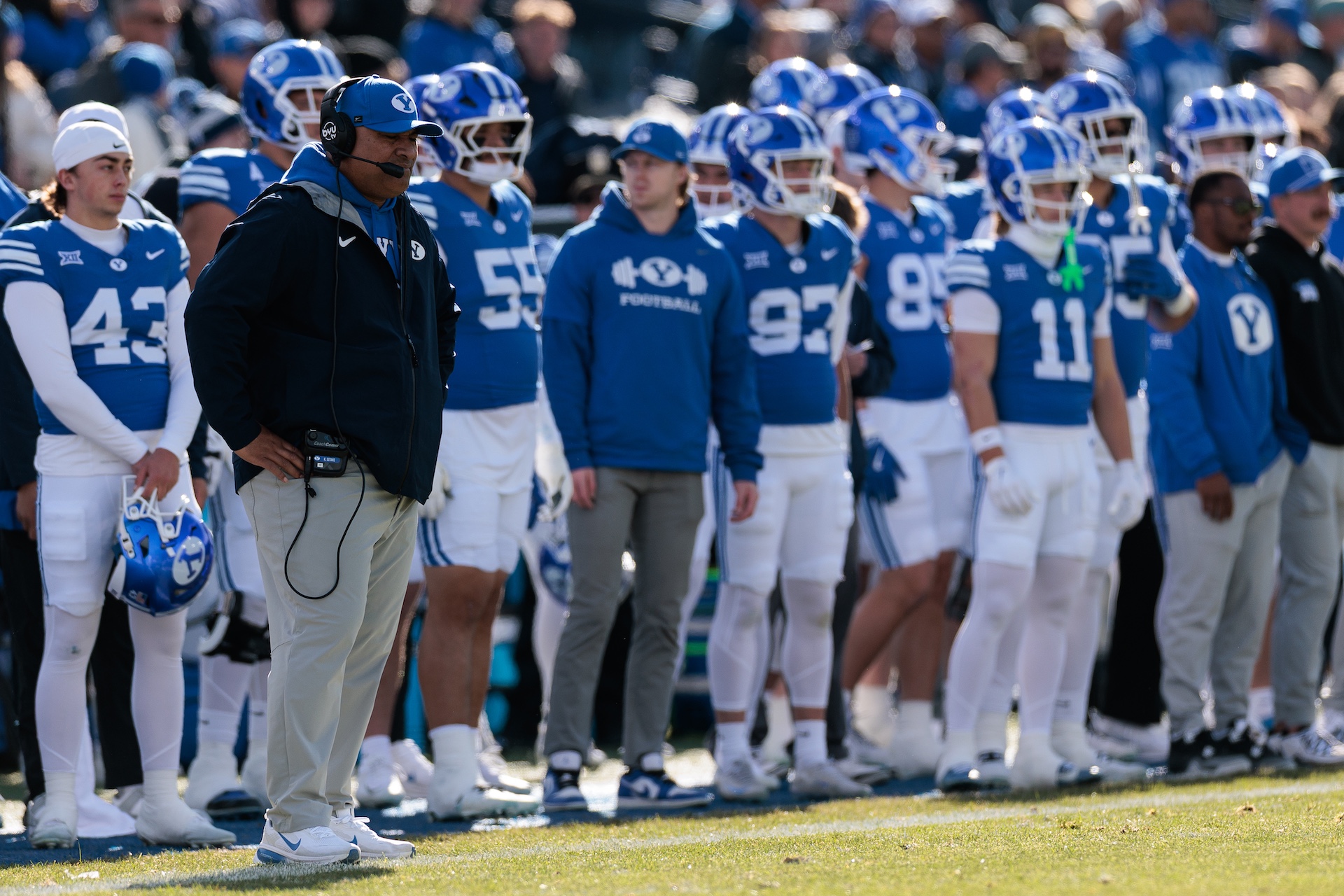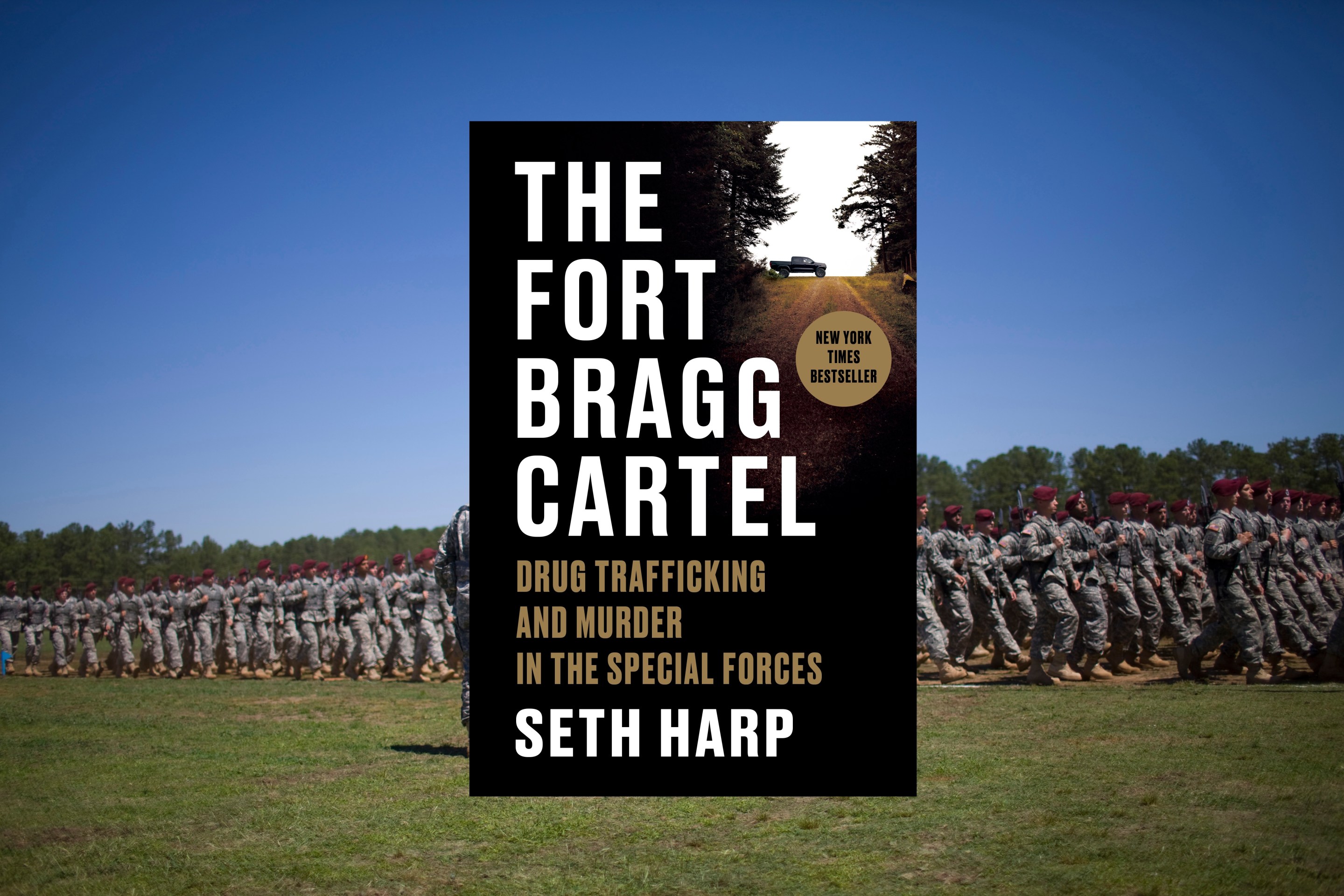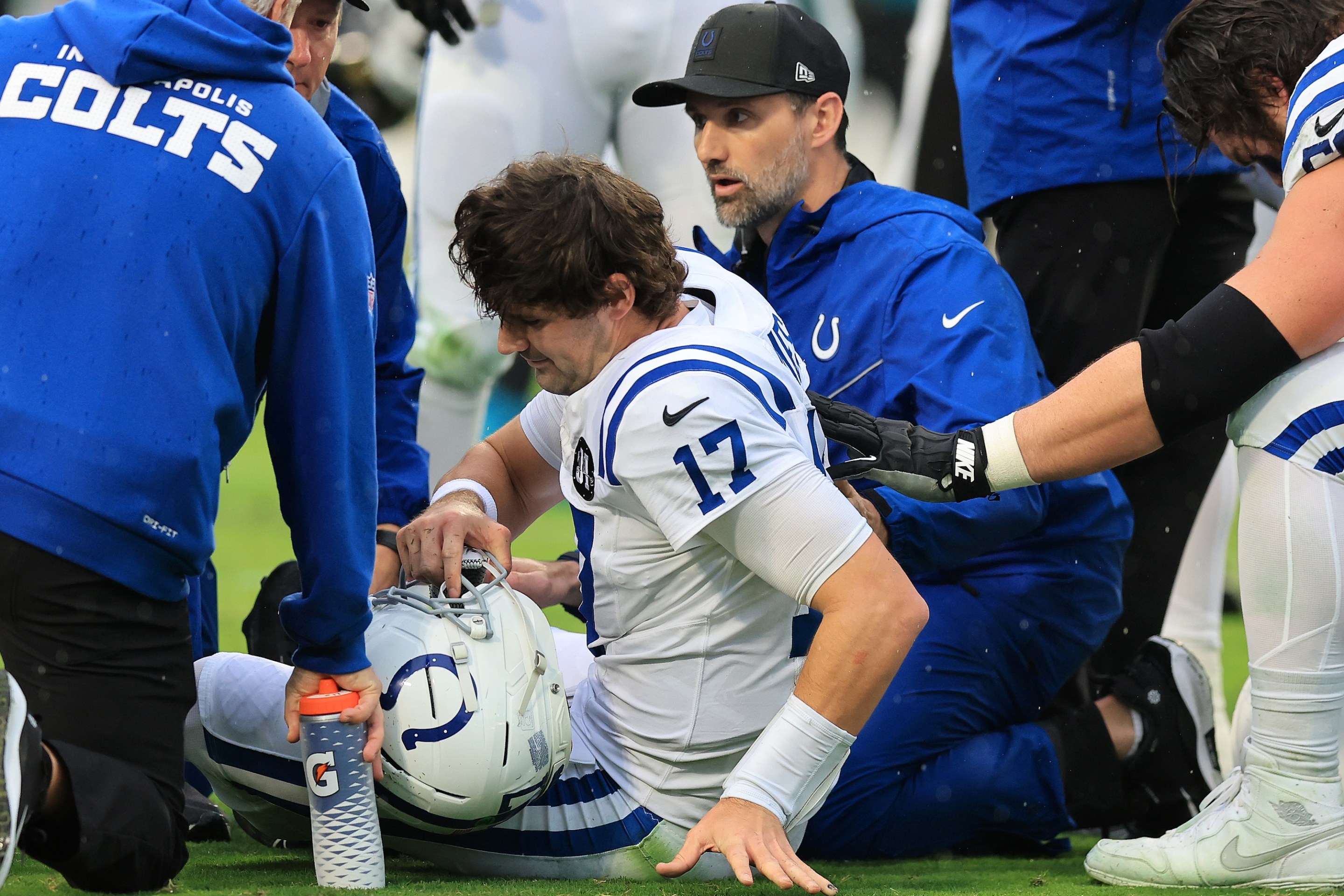Late in the second set of his matchup with French doubles specialist Pierre-Hugues Herbert, 18-year-old Brazilian player João Fonseca scored a point to even the 10th game of the set at 30–all. "Scored" is the most active verb I can use there, as the exchange only ended when Herbert dumped an unthreatening rally ball into the net. Yet Fonseca erupted into a celebration, conducting the crowd into a froth, asking for more energy, more pressure. It was like stepping to the free-throw line and cupping a hand to one's ear for more noise.
Fonseca lost that game, though he won the set in a tiebreak, then took the third set, 6–4, to move on to the third round of the French Open. There is a lot to love about Fonseca, the ebullient princeling of men's tennis. To me, the most striking thing about the Fonseca experience, more than the actual striking itself, is his relationship with pressure. He doesn't shy from it; he courts it. He doesn't wilt; he locks in. Fonseca demands attention, and he performs, displaying a magnetic brand of confidence in his equally magnetic game. I can't look away.
"Is he still in diapers?" Venus Williams joked on TNT right after Fonseca wrapped up the win. Fonseca's two consecutive straight-sets wins have put him into all sorts of sentences that feature the words "youngest since" followed by the names of some of the best men's tennis players of all time. This is only his second time in the main draw of a major, and Fonseca opened both tournaments by beating a recent top-ten player.
In Melbourne, poor Andrey Rublev, who not that long ago had a forehand that would make almost any opponent sweat, fell victim to a charging Fonseca as the latter spent their short match just destroying the tennis ball. Fonseca lost in the next round to Lorenzo Sonego, as the veteran Italian showed that the weak points in Fonseca's game are not very difficult to exploit, provided you can withstand his punching power. It is clear that fewer players will be able to meet that power as he and it mature.
That's part of what makes this protean version of Fonseca so fun to watch. He is not the highest-ranked teenager on the ATP Tour, but he is by far the coolest. Jakub Mensik, who turns 20 later this summer, is currently 19th in the world thanks mostly to his monster serve. He is good and he might soon be very good, but he plays grayscale tennis, whereas Fonseca paints in brilliant hues.
Which is not to say that Fonseca's game is all that complicated. Mostly, he annihilates tennis balls. His forehand is pure, the ball shooting off his strings at a slightly higher pitch than that of his competitors, closer to the sound of breaking glass than the flat whump of a small bag of dirt you often hear. He can also pound the backhand, and he hits both groundstrokes on the run super comfortably. Herbert occasionally troubled Fonseca by drawing him to the net, but if he tried to hang in baseline munitions exchanges, he would mostly get pushed back a few steps with each shot, eventually watching a Fonseca ball boom past him.
Fonseca's serve is improving, but it's not yet a dominant weapon. He is getting better around the net, though he doesn't have the feathery touch of the third-highest ranked teen (Learner Tien). He is a fast but not explosive athlete. But he is super good at the hardest and most important part of tennis, which is why everyone is so optimistic about Fonseca getting very good, very soon. It's as if he's discovered nuclear fission without knowing how to mix the concrete to build the cooling towers.
Fonseca's had the somewhat uneven season one might expect from an 18-year-old. He won the Next Gen finals as the youngest player in the field in late 2024, then followed that up by winning a Challenger and beating Rublev. From there, he won his first ATP title in Argentina, promptly lost in the first round of the Rio Open back home in Brazil, had a nice time in Miami and credibly pushed Alex de Minaur, then spent the early European clay season getting pushed around.
At every stop, he was buoyed by screaming fans; even his first-round matches in peripheral courts swarmed with throngs of people in yellow jerseys, waving green flags. Performing for that permanent audience means always playing under pressure, which is the essence of tennis. That Fonseca loves the atmosphere makes him worth watching; that he flourishes within it makes watching him necessary.






